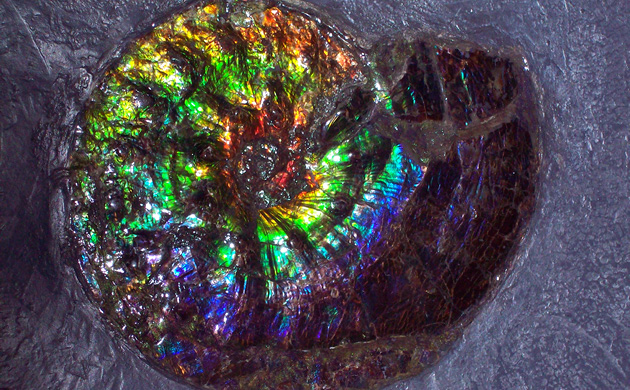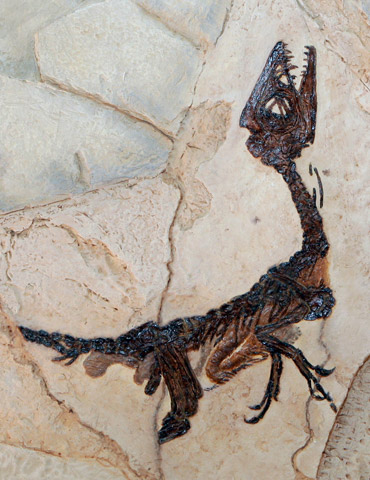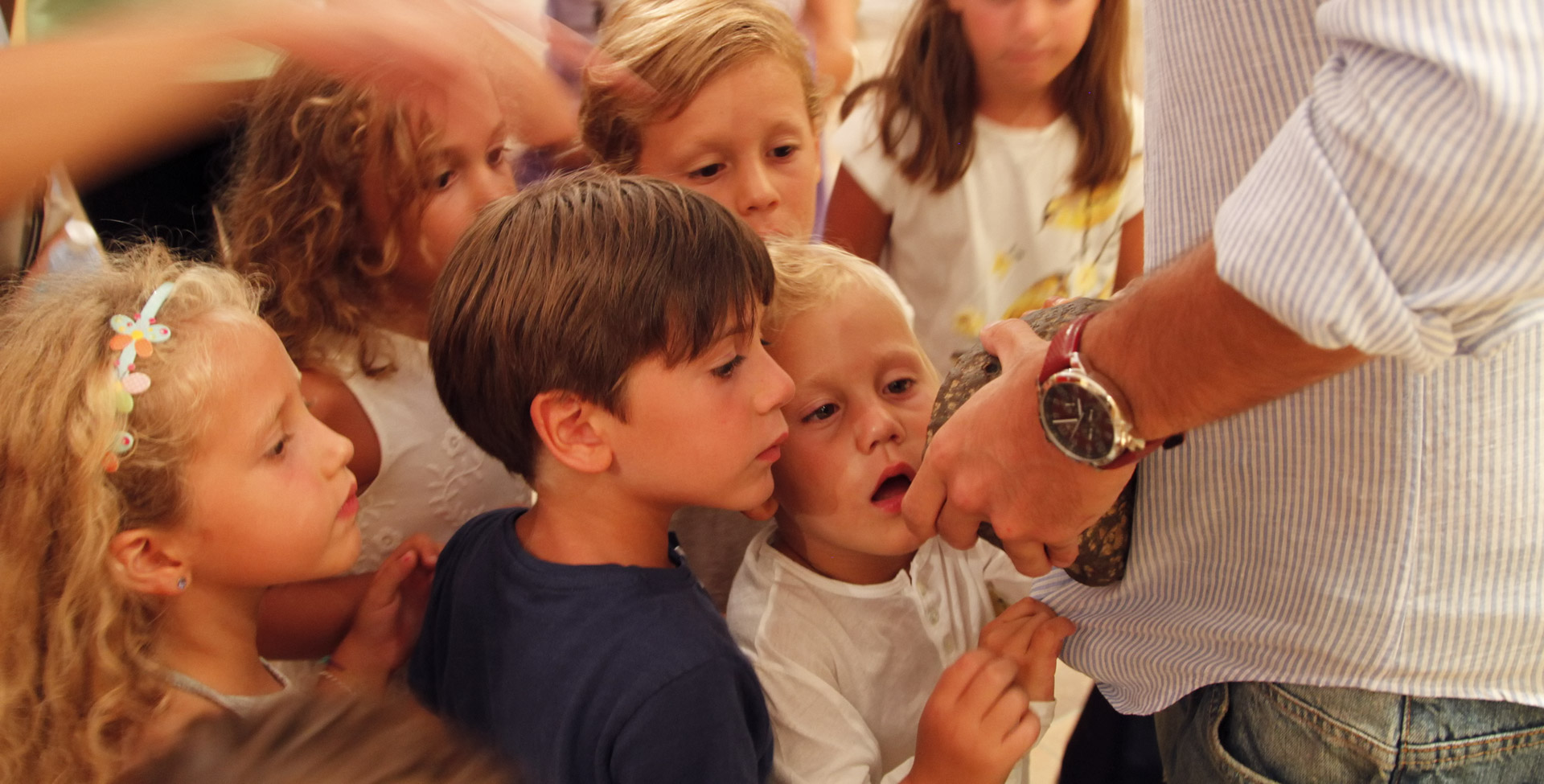
The Museum is open
-
TUE – WED – THU – FRI – SAT
The Campanian Mineralogical Museum
A useful and worthy initiative for our mother Earth
It is from stone that man has learned about his history and about the history of the planet he inhabits […] I hope that modern man will once more entrust his messages for future generations to stone, otherwise there will be precious little left of our civilization in 10 000 years’ time.
THE
CAPO D’ORLANDO PRIZE
and the Nobel Prize winners
All the prize-winners have visited the museum and have held conferences on their studies and activities at Castello Giusso.
(ita) Peter Ratcliff
(ita) Premio Nobel per la Medicina nel 2019,
at the Museum in 2021
(ita) May Britt Moser
(ita) Premio Nobel per la Medicina nel 2014,
at the Museum in 2020
(ita) Paul Nurse
Nobel Prize for Medicine in 2001,
at the Museum in 2019
(ita) Venkatraman Ramakrishnan
(ita) Nobel per la Chimica nel 2009,
at the Museum in 2018
(ita) Serge Haroche
(ita) Nobel per la Fisica nel 2012,
at the Museum in 2017
Stefan Walter Hell
Nobel Prize for Chemistry in 2014,
at the Museum in 2016
Andre Geim
Nobel Prize for Physics in 2010,
at the Museum in 2015
Erwin Neher
Nobel Prize for Medicine in 1991,
at the Museum in 2014
George Fitzgerald Smoot
Nobel Prize for Physics in 2006,
at the Museum in 2012
Paul Robin Krugman
Nobel Prize for Economy in 2008,
at the Museum in 2011
Timothy Hunt
Nobel Prize for Medicine in 2001,
at the Museum in 2010
James Dewey Watson
Nobel Prize for Medicine in 1962,
at the Museum in 2009
Paul Jozef Crutzen
Nobel Prize for Chemistry in 1995,
at the Museum in 2008
Harold Walter Kroto
Nobel Prize for Chemistry in 1996,
at the Museum in 2007
Riccardo Giacconi
Nobel Prize for Physics in 2002,
at the Museum in 2005
John Forbes Nash
Nobel Prize for Economy in 1994,
at the Museum in 2003
Museum sections
The history of life as told by minerals and fossils
Our planet was born 4.7 billion years ago. Its history tells of great surface changes; just think of the “Continental Drift Theory” to which the museum’s Mesosaurus bears witness. This is a reptile from the Permian period and is one of the pieces of evidence used by Alfred Wegener in support of his theory. Through the various collections of minerals, fossils, shells and stone tools made by our progenitors, visitors can contemplate the great geological and biological transformations undergone by the Earth before man himself appeared. Man’s scientific evolution is featured, from his first tools made of stone, right through to the appearance of graphene, a material of geological origin at the forefront of the new industrial revolution.
ON DISPLAY
- Palaeolithic implements
- Neolithic tools
- More than 500 specimens of gemstone
- Graphene specimens
- 150 shells
- 3500 minerals from all over the world
- 100 Vesuvian minerals
- 250 fossil specimens
Distinguished guests
From John F. Nash
to Stefan W. Hell
Nobel prize-winners who have visited the museum from 2003 to 2016 for the Capo d’Orlando prize.
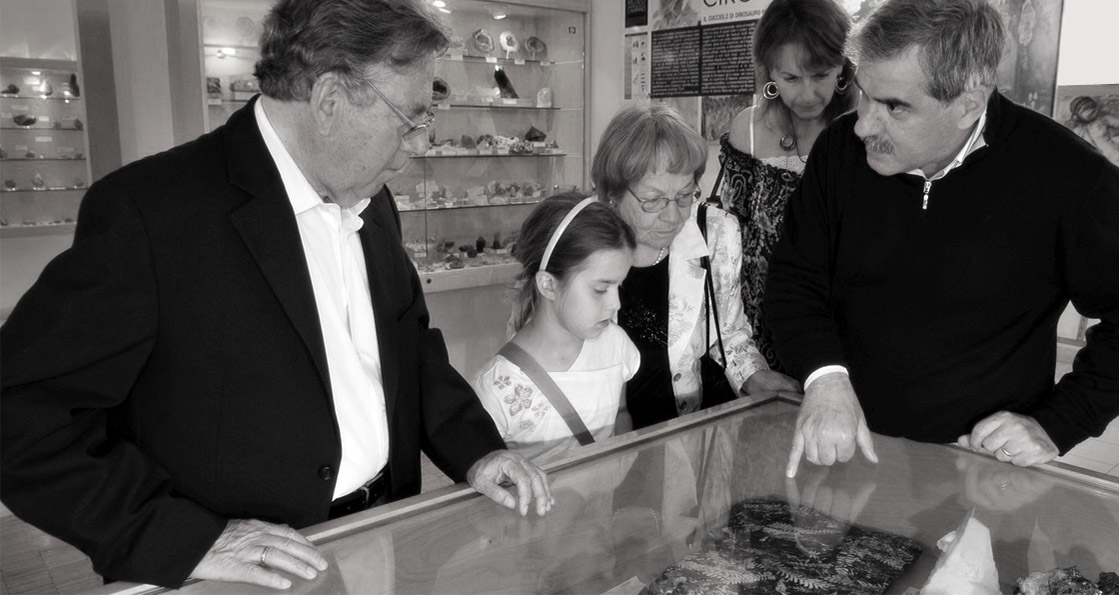
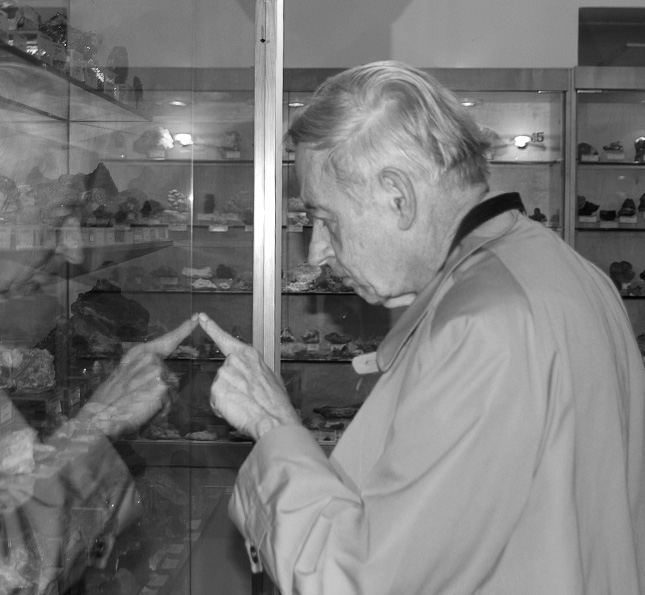
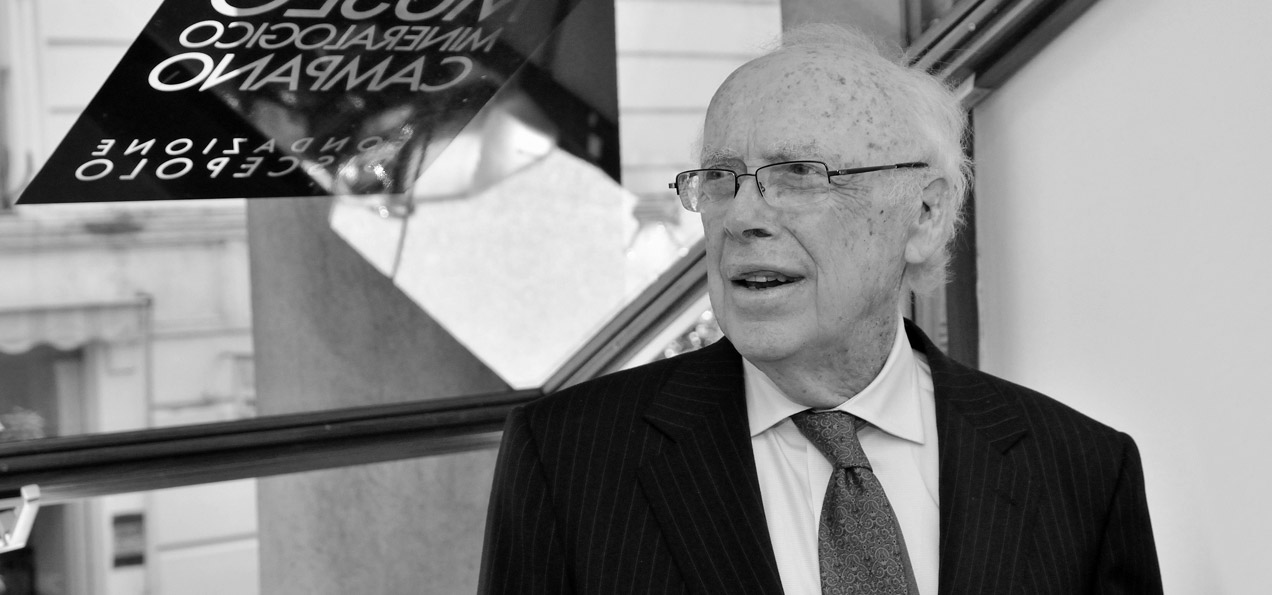
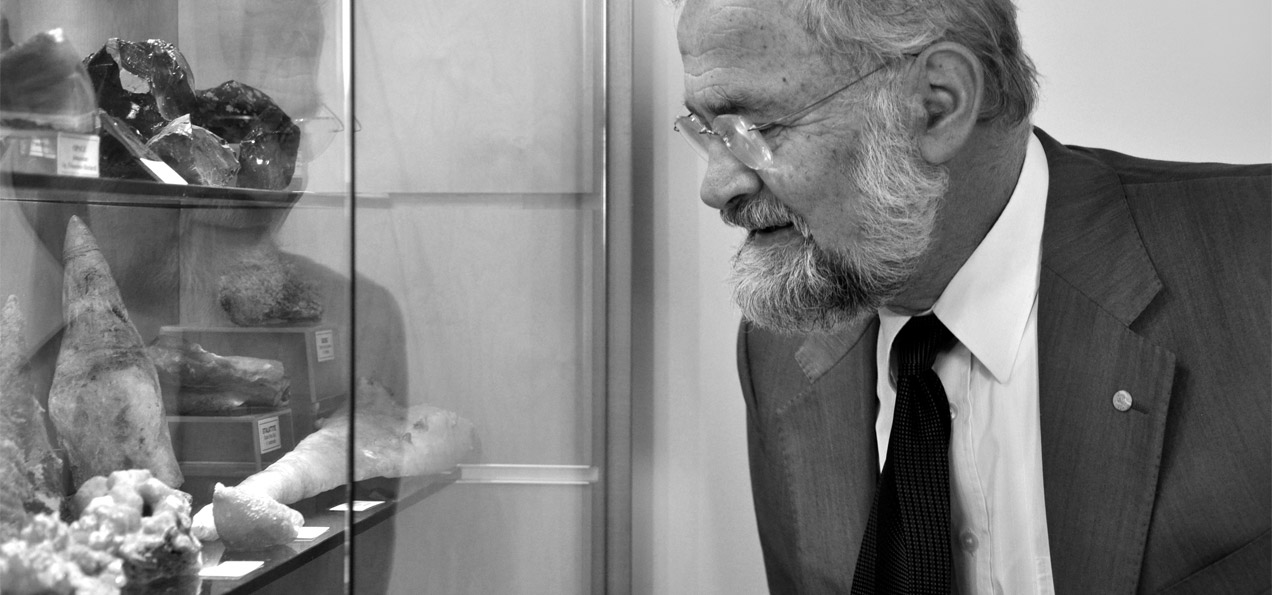
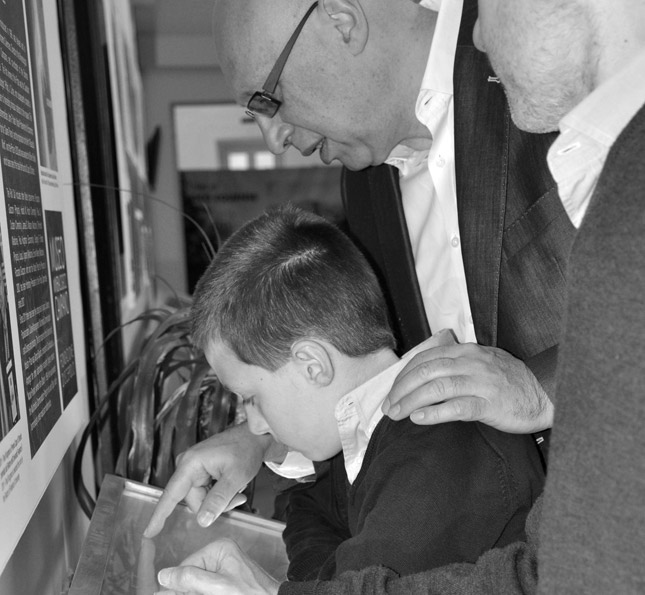
News from the museum
News & Events
Information on cultural initiatives organized by the museum or planned soon for the Sorrento Peninsula, as well as news of scientific interest.
(ita) Dante matematico, anche il Museo Mineralogico Campano omaggia il Sommo Poeta
Sorry, this entry is only available in Italian.
20
September
2021
(ita) LA RIPRESA DELLA VITA DOPO L’ESTINZIONE DEI DINOSAURI
Sorry, this entry is only available in Italian.
31
October
2019
24
February
2018
(ita) Assegnati i Premi Nobel per la Medicina , Fisica e Chimica
Sorry, this entry is only available in Italian.
04
October
2017
(ita) Il 29 Settembre torna la Notte Europea dei Ricercatori
Sorry, this entry is only available in Italian.
12
September
2017
11
September
2017
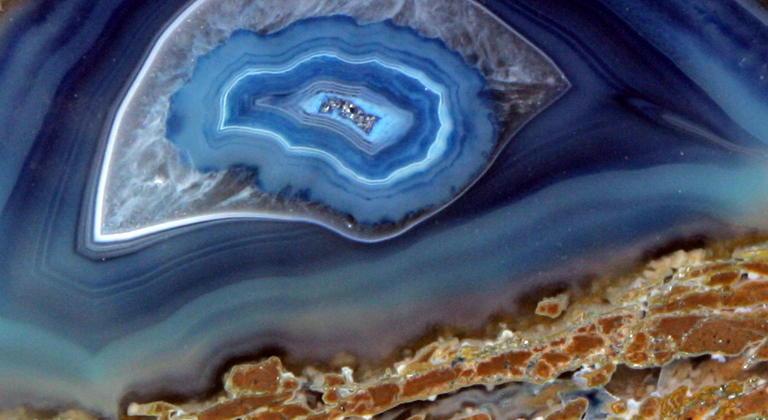
The collections
5000 minerals, 1400 species
The samples on display at the Campania Mineralogical Museum have a high level of crystallization and geometric shapes that seem more man-made than natural.
The Discepolo Foundation
Vico Equense: Art and science combined, as they were during the Renaissance.
In May 2016 the foundation joined forces with CERN in Geneva to organize an exhibition entitled “Art & Science: the discovery of the Higgs Boson”.
The event was recorded on camera by the RAI’s TG1 news service.
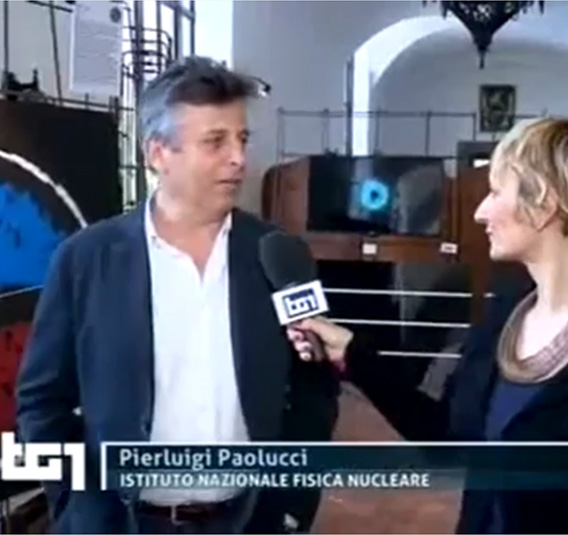
"Having seen the Earth from space, it was wonderful to see it from within, via the large variety of minerals at the museum in Vico Equense."
astronaut


